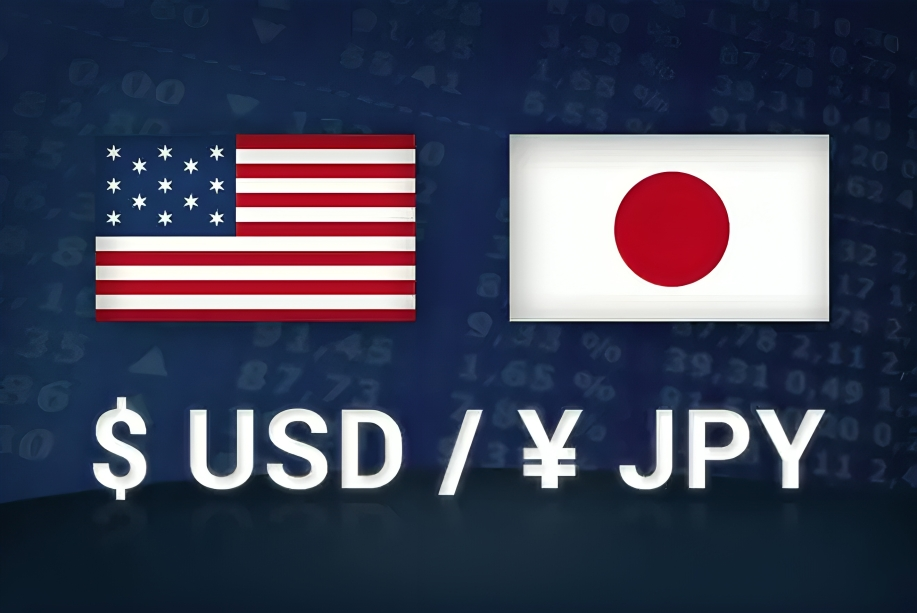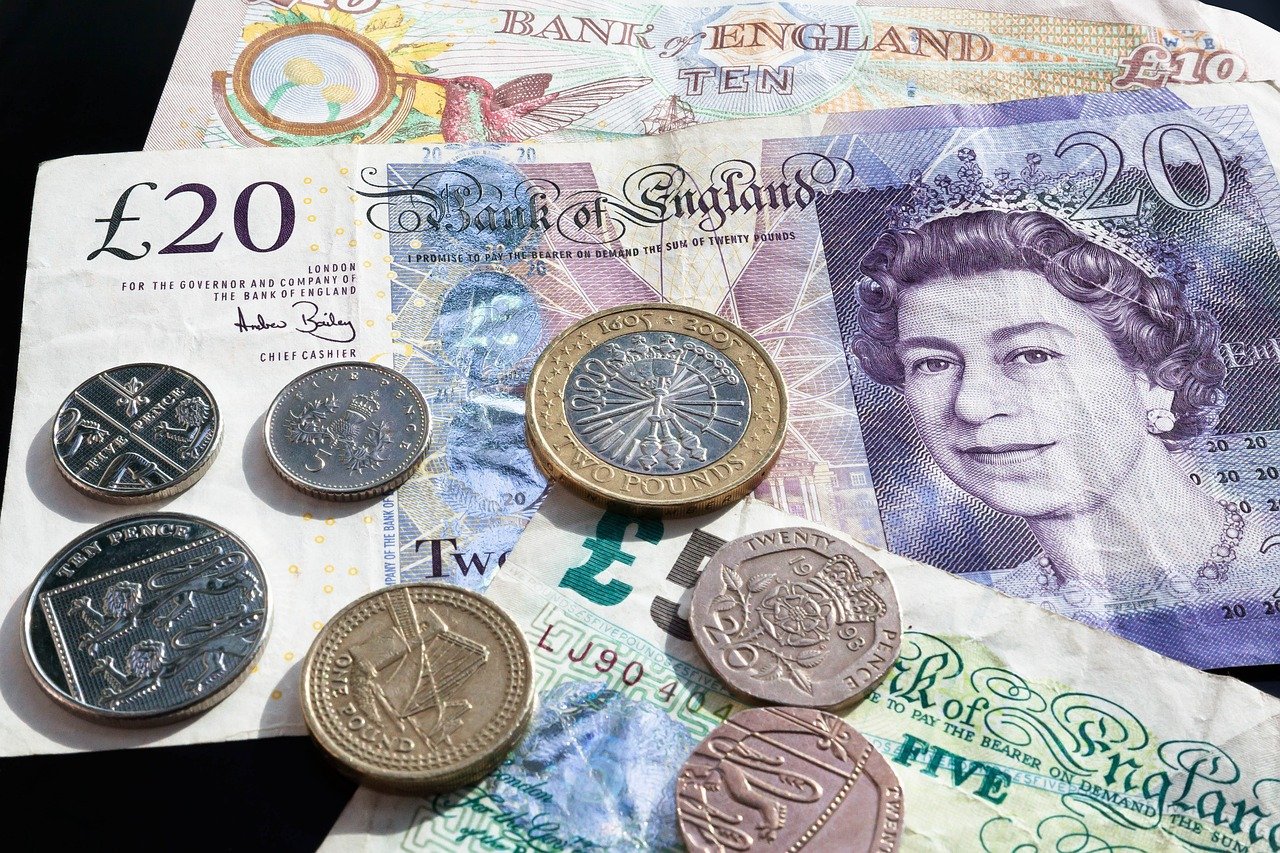Japanese Yen Declines as US Dollar Strengthens Amid Rising Treasury Yields
The Japanese Yen (JPY) experienced a decline against the US Dollar (USD) on Tuesday, as the Greenback gained momentum. This movement was largely driven by a recovery in US Treasury yields, which had recently seen losses. Despite this decline, the downside of the Yen may be limited due to expectations that the Bank of Japan (BoJ) will implement further interest rate hikes. Japan’s economy has shown significant growth, raising the possibility of another near-term rate increase by the BoJ.
Japan’s Economic Growth Fuels Rate Hike Expectations
Japan’s economy grew at an annualized rate of 3.1% in the second quarter of 2024, far exceeding expectations and marking a strong rebound from the earlier slowdown this year. This robust economic performance has bolstered the likelihood that the Bank of Japan will continue to increase interest rates. The BoJ had previously projected that a strong economic recovery would help inflation sustainably reach its 2% target. Achieving this target is essential for justifying further interest rate increases, following the hike last month as part of the BoJ’s efforts to unwind years of extensive monetary stimulus.
The positive economic data from Japan has reinforced the market’s expectations for a more hawkish stance from the BoJ. On Friday, BoJ Governor Kazuo Ueda is expected to address the central bank’s decision to raise interest rates last month, which could provide further insight into the BoJ’s future monetary policy actions. Economists like Kazutaka Maeda from the Meiji Yasuda Research Institute have expressed optimism about the reports, noting that they support the BoJ’s view and bode well for additional rate hikes, even though the central bank may proceed cautiously after the sharp spike in the Yen following the last rate increase.
USD/JPY Daily Price Chart

Source: TradingView, prepared by Richard Miles
The US Dollar Recovers Amid Risk Aversion
On the other side of the Pacific, the US Dollar has been retracing its recent losses as risk aversion sentiment rises. This recovery comes despite challenges posed by remarks from Federal Reserve (Fed) officials that have heightened the prospect of upcoming rate cuts. On Monday, Minneapolis Fed President Neel Kashkari suggested that it would be appropriate to consider potential interest rate cuts in September, citing concerns about a weakening labor market. This sentiment was echoed by other Fed officials who have emphasized a cautious approach to reducing borrowing costs.
Divergent Monetary Policies: BoJ vs. Fed
The contrasting monetary policies of the BoJ and the Fed have created an interesting dynamic in the USD/JPY exchange rate. While the BoJ is seen as moving towards tightening monetary policy through rate hikes, the Fed appears to be on the verge of easing, with discussions of potential rate cuts on the horizon. This divergence has significant implications for the USD/JPY pair, as the relative strength of each currency is heavily influenced by their respective central banks’ actions.
The Fed’s cautious approach is reflected in recent comments from key officials. San Francisco Fed President Mary Daly emphasized the importance of a gradual approach to reducing borrowing costs, warning against the risks of maintaining a restrictive policy for too long. Similarly, Chicago Fed President Austan Goolsbee cautioned that the Fed should be careful not to keep policies too tight, especially as the economy shows signs of slowing down.
Japanese Government’s Support for Economic Growth
In Japan, the government is also playing a role in supporting economic growth. Japanese Economy Minister Yoshitaka Shindo recently stated that the economy is expected to recover gradually as wages and income improve. Shindo added that the government will work closely with the Bank of Japan to implement flexible macroeconomic policies that support this recovery. This collaboration between the government and the BoJ is seen as a positive factor for the Japanese economy, which could further support the Yen in the longer term.
Japan’s Strong GDP Growth in Q2
Japan’s Gross Domestic Product (GDP) grew by 0.8% quarter-on-quarter in the second quarter, surpassing market forecasts of 0.5% growth and rebounding from a 0.6% decline in the first quarter. This marked the strongest quarterly growth since the first quarter of 2023. On an annualized basis, GDP growth reached 3.1%, exceeding the market consensus of 2.1% and reversing a 2.3% contraction in the previous quarter. This impressive performance is the strongest yearly expansion since the second quarter of 2023 and has fueled expectations for further rate hikes by the BoJ.
US Economic Data and Market Expectations
Meanwhile, in the United States, economic data releases continue to influence market expectations regarding the Fed’s monetary policy. The headline Consumer Price Index (CPI) rose 2.9% year-over-year in July, slightly down from the 3% increase in June and below market expectations. The Core CPI, which excludes food and energy, climbed 3.2% year-over-year, a slight decrease from the 3.3% rise in June but aligned with market forecasts. These inflation figures are being closely watched by market participants as they assess the likelihood of future Fed rate cuts.
According to Jane Foley, a senior FX strategist at Rabobank, the series of US data releases this week, along with the upcoming Jackson Hole Symposium, will provide clearer insights into how US policymakers might respond. Foley noted that the main expectation is for the Fed to reduce rates by 25 basis points in September, with another cut likely before the end of the year. This dovish outlook contrasts with the BoJ’s more hawkish stance, further influencing the USD/JPY exchange rate.
Technical Analysis: USD/JPY Hovers Around 146.50
The USD/JPY pair traded around 146.60 on Tuesday, showing signs of a short-term bearish trend. An analysis of the daily chart reveals that the pair is just below the nine-day Exponential Moving Average (EMA), which suggests a potential downside correction. Additionally, the 14-day Relative Strength Index (RSI) is slightly above 30, indicating that the pair may be due for a pullback.
Support and Resistance Levels
On the downside, the USD/JPY pair might test the seven-month low of 141.69, which was reached on August 5. A further drop could drive the pair toward the next significant support level at 140.25. Conversely, on the upside, the USD/JPY pair could encounter immediate resistance around the nine-day EMA at 147.41. If the pair breaks above this level, it might target the 50-day EMA at 152.54 and potentially test the resistance level at 154.50, which has transitioned from previous support to current resistance.
The Japanese Yen’s decline against the US Dollar reflects the ongoing tug-of-war between the monetary policies of the Bank of Japan and the Federal Reserve. While the Yen is under pressure due to the strengthening USD and rising US Treasury yields, the downside may be limited as the BoJ is expected to continue its rate hikes in response to Japan’s robust economic growth. At the same time, the Fed’s cautious approach towards potential rate cuts adds another layer of complexity to the USD/JPY exchange rate. As both central banks navigate their respective economic challenges, traders will be closely monitoring upcoming data releases and central bank communications for further clues on the direction of the USD/JPY pair.




